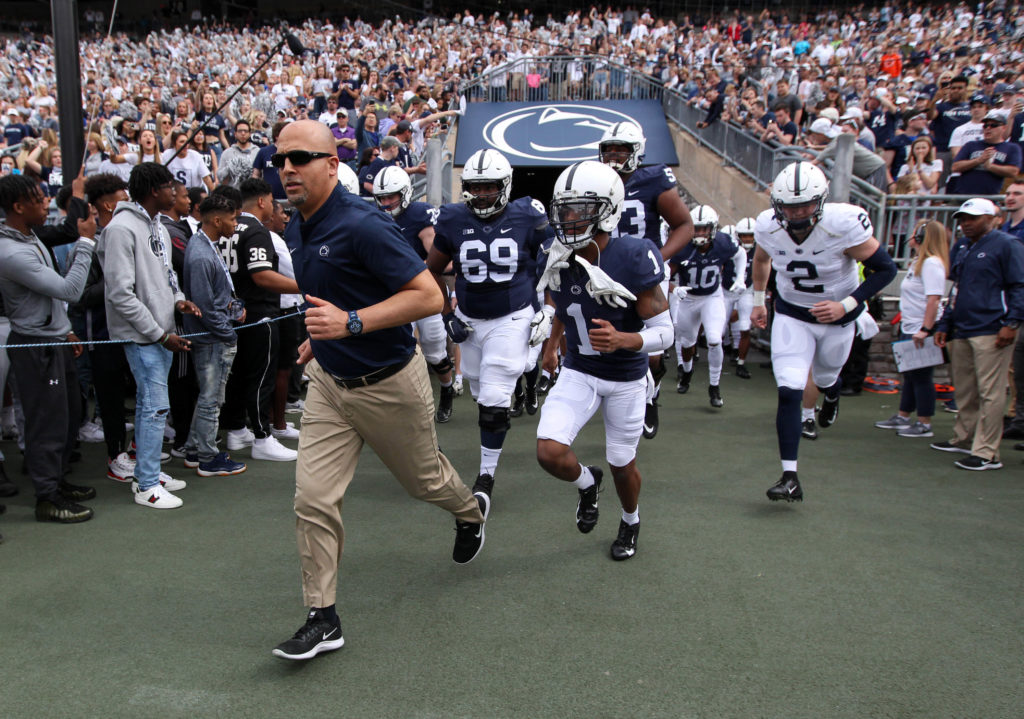Ad Disclosure
Penn State Issues Statement Clarifying Widely-Circulated Myocarditis Story

This story is a little strange, so here’s the short version:
Earlier this week, it was reported that Penn State’s director of athletic medicine, Wayne Sebastianelli, went before the State College School District with new COVID-19 information. According to him, 30 to 35% of the Big 10 student-athletes who tested positive for the Coronavirus also showed symptoms of myocarditis, which in simple terms is heart inflammation that can result in chest pain, abnormal heartbeat, and shortness of breath.
This more or less spurred up a hive of activity on social media from folks who felt like this new data aided the argument not to play football this year, because we were learning more about complications that arise from COVID-19 affecting otherwise healthy and young athletes.
In a 180 degree turn, Penn State later came out and clarified what Sebastianelli originally said:
Regarding the claim that 30-35% of Big Ten athletes have been discovered to have heart conditions linked to Covid-19: It was incorrect.
Here is some clarification from Penn State.
"Dr. Sebastianelli wishes to clarify this point, and apologize for any confusion." pic.twitter.com/ATUc2FxDrU
— Kyle Bonagura (@BonaguraESPN) September 3, 2020
So this was basically a false alarm, though we’re still obviously researching and parsing the available data. Problem is, the damage was done, as a lot of the original posts sat there for hours before correction, and tweets linking to the Centre Daily Times story had thousands of replies and shares. The clarification doesn’t have anything close to the amount of original circulation as the report itself.
It seems as though a lot of Sebastianelli’s original words weren’t really pulled with great context, and Dan Wetzel of Yahoo went through the one-hour school board presentation and did a much better job of summarizing the middle-of-the-road take here:
Kevin has been writing about Philadelphia sports since 2009. He spent seven years in the CBS 3 sports department and started with the Union during the team's 2010 inaugural season. He went to the academic powerhouses of Boyertown High School and West Virginia University. email - k.kinkead@sportradar.com